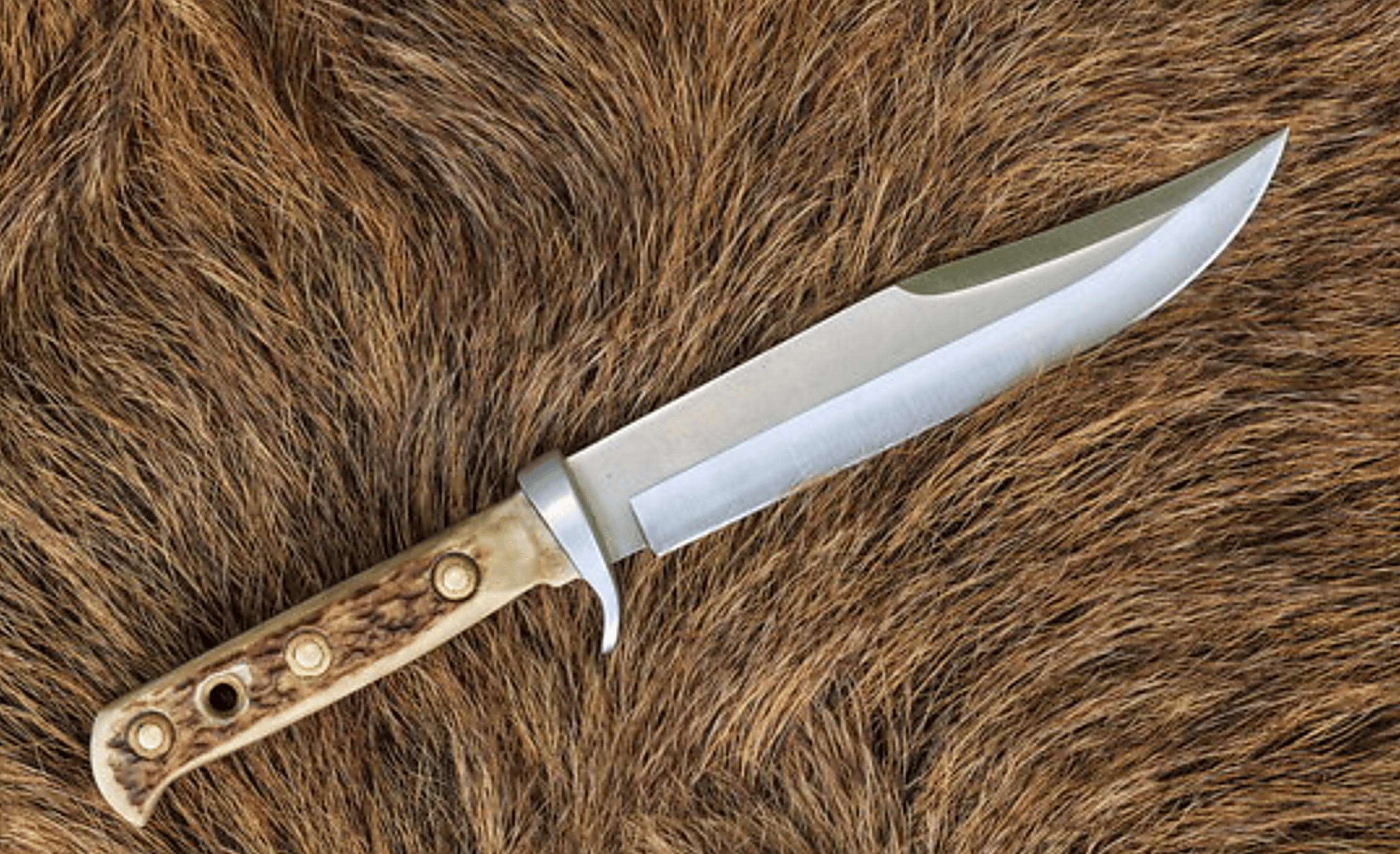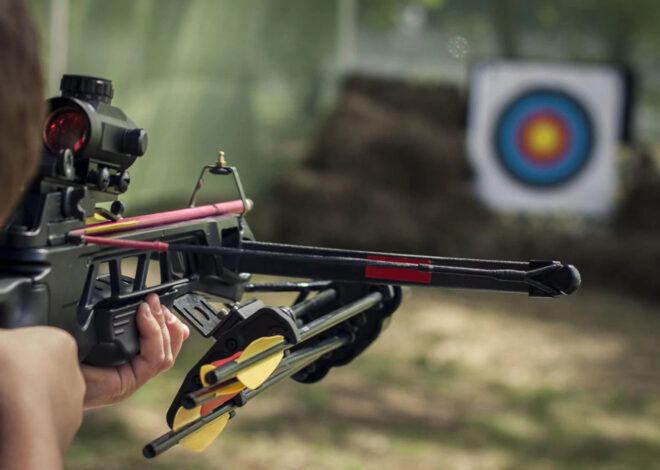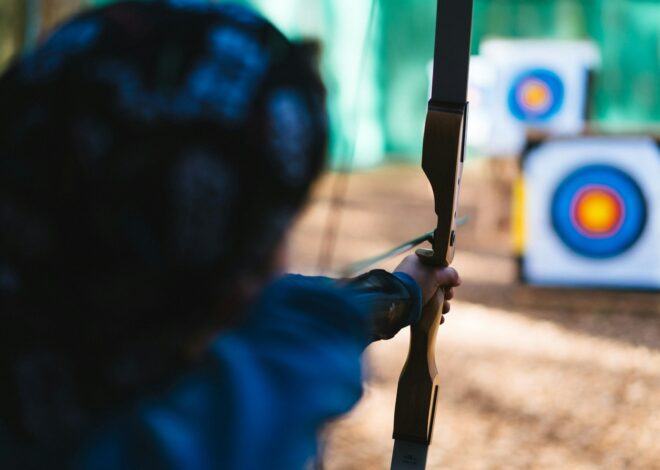
How To Forge A Bowie Knife
Welcome to our step-by-step guide on how to forge a Bowie knife. Bowie knives are more than just tools; they embody a blend of history, craftsmanship, and artistry. If you’ve ever admired the iconic silhouette of a Bowie knife, you might find yourself wondering about the process behind creating one.
The allure lies not only in its practical use but also in the satisfaction that comes from forging your own blade. Whether you’re an experienced blacksmith or a curious beginner, crafting a Bowie knife offers an exciting challenge and an opportunity to connect with centuries of tradition.
Let’s explore how you can turn raw materials into a stunning piece that reflects your skill and creativity. Ready to dive into this hands-on adventure?
History of Bowie Knives
The Bowie knife has a rich history rooted in American folklore. Named after Colonel James Bowie, its origin dates back to the early 19th century. Legend has it that Bowie’s infamous dueling knife was crafted for both utility and self-defense.
As stories of his exploits spread, so did the design of the knife itself. The distinctive shape features a wide blade and a clipped point, making it suitable for various tasks, from hunting to combat. During the Texas Revolution, Bowie’s reputation further solidified the knife’s status as an essential tool among frontiersmen.
It became synonymous with rugged individualism and survival on the American frontier. Throughout decades, artisans refined its construction techniques. Each region added unique touches—creating variations that reflected local culture while maintaining that signature functionality central to its appeal.
Materials and Tools Needed for Forging a Bowie Knife
To forge a Bowie knife, you need specific materials and tools. First, choose high carbon steel for its excellent edge retention and durability. This type of steel is ideal for creating a strong blade. Next, gather your tools: a forge is essential to heat the steel until it becomes malleable.
You’ll also need an anvil to shape the hot metal. Hammers come in various sizes; select one suited for detailed work. Don’t forget cutting tools like chisels and files for fine shaping later on. A quenching medium, such as oil or water, will be crucial in hardening the blade after forging.
A good set of safety gear is vital too—gloves, goggles, and an apron can protect you from sparks and heat during this process. Each item plays a significant role in crafting your knife effectively and safely.
Step-by-Step Guide: Forging a Bowie Knife
Forging a Bowie knife is an exciting journey that blends art and science. So let’s go ahead and get forging!
Step 1: Choosing the Right Steel for Your Knife
Selecting the right steel is crucial for crafting a Bowie knife that stands the test of time. The ideal steel should possess a balance of hardness, toughness, and corrosion resistance.
High carbon steels like 1095 or O1 are popular choices. They offer excellent edge retention and can be sharpened easily. However, they may require more maintenance to prevent rust.
Stainless steels such as 440C provide great durability and resist corrosion effectively. While they’re harder to sharpen, their low maintenance makes them attractive for outdoor use.
Consider your intended purpose as well. For heavy-duty tasks, opt for tougher alloys that can withstand impact without chipping. If you want a blade with intricate designs or finishes, ensure the steel can hold fine details during forging.
Your choice will determine how well your Bowie knife performs through various challenges in its lifetime.
Step 2: The Process of Forging a Bowie Knife
Once you’ve chosen your steel, it’s time to fire up the forge. Heating the steel is crucial; you want it glowing a bright orange before working with it. This temperature makes the metal malleable and ready for shaping.
Using a hammer, start forging your blade by striking down on the heated steel. Focus on creating a taper at one end for the point of your knife. Each blow should be deliberate and measured.
Turn the steel frequently to maintain an even shape and avoid any flat spots. As you continue to work, watch for changes in color that signal when it’s time to reheat—too cool, and you’ll risk cracking or damaging its structure.
This phase requires patience and precision but is incredibly rewarding as you see your Bowie knife begin to take form under your careful craftsmanship.
Step 3: Shaping and Grinding the Blade
After forging your blade, it’s time to shape and grind it. This step is essential for achieving the desired profile and edge.
Begin by using a belt grinder or angle grinder. Focus on creating that iconic Bowie knife silhouette—wide at the base with a tapered point. Keep checking the symmetry as you work, ensuring both sides are even.
Once you’ve established the rough shape, switch to finer grits of grinding belts. This process smooths out any imperfections from forging while refining the edge geometry. Pay attention to maintaining consistent pressure; uneven grinding can lead to weak spots.
Next, use files for detailed shaping around curves and contours. The precision offered by hand tools helps achieve those fine details essential in a well-crafted Bowie knife.
Remember, patience is key here; rushing can lead to mistakes that are difficult to fix later on. Take your time, enjoy each cut, and watch your creation come alive.
Step 4: Heat Treatment and Tempering
Heat treatment is a crucial phase in forging a Bowie knife. This process enhances the blade’s hardness and durability, making it suitable for various tasks.
Start by heating your blade evenly to about 1,500°F (815°C). You can use a forge or an electric heat source. Monitor the color of the steel; it should glow bright cherry red when it’s ready.
Once heated, quench the blade in oil or water. This rapid cooling hardens the steel but could introduce brittleness if not handled correctly.
Next comes tempering. Reheat the hardened blade to around 400°F (204°C) for an hour. This reduces brittleness while maintaining strength and edge retention.
Always let your knife cool down slowly after each step to avoid warping. Proper heat treatment and tempering will significantly enhance your Bowie knife’s performance in any endeavor you take on.
Step 5: Creating the Handle
Creating the handle of your Bowie knife is where artistry meets functionality. Selecting the right material is crucial. Options like wood, micarta, or G10 offer different aesthetics and grip.
Begin by cutting your chosen material to size. Consider ergonomics; a comfortable grip will enhance usability. If working with wood, sanding it down smoothly will ensure it feels pleasant in hand.
Next, drill holes for pins or screws that will secure the handle to the tang of your blade. Make sure they align perfectly for stability.
Once assembled, shaping the handle can elevate its design. Use files and sandpaper to contour it comfortably against your palm. Don’t rush this step; a well-shaped handle enhances both performance and beauty.
Finish off with an oil or sealant, especially if you chose wood. This protects against moisture while adding a touch of elegance to your creation.
Step 6: Finishing Touches and Sharpening
With your Bowie knife shaped and tempered, it’s time to focus on the finishing touches. This stage is where your craftsmanship truly shines. Start by smoothing out any rough edges with fine-grit sandpaper or a grinder.
Pay attention to the blade’s profile; any imperfections can affect performance and aesthetics. A polished blade not only looks stunning but also enhances corrosion resistance.
Sharpening comes next. Use a whetstone for precision, maintaining a consistent angle throughout the process. Begin with a coarse stone to establish the edge before moving on to finer grits for that razor-sharp finish.
Don’t forget about the handle! Ensure it’s ergonomically shaped and smooth to provide comfort during use. Consider adding an oil or wax finish for both protection and beauty, enhancing its natural grain.
This intricate work transforms your knife from mere metal into a personal masterpiece ready for action.
Tips and Tricks for Creating a High-Quality Blade
To create a high-quality Bowie knife, precision is key. Focus on your hammer technique during the forging process. A consistent rhythm helps shape the steel evenly. Pay attention to the temperature of your steel. It should be glowing red but not overly hot; too much heat can weaken its structure.
When grinding, use various grit levels to achieve a fine edge. Start with coarse grits to refine the blade shape and transition to finer ones for polishing. Consider using oil for quenching after heat treatment instead of water. This reduces the risk of cracking and warping during cooling.
Ensure your handle fits comfortably in your hand. An ergonomic design can greatly enhance usability while adding aesthetic appeal to your handmade creation.
Safety Precautions and Proper Care for Your Bowie Knife
Safety is paramount when working with a Bowie knife. Always wear protective gear, including gloves and safety glasses. This protects you from sharp edges and flying debris during the forging process. When handling your finished knife, ensure it’s stored in a sheath to prevent accidental cuts.
Keep it out of reach of children or anyone unfamiliar with its use. Regular maintenance extends the life of your Bowie knife. Clean the blade after each use to remove moisture and residue that can lead to rust. A few drops of oil on the blade will keep it lubricated and protected from corrosion.
Sharpening should be done carefully using whetstones or professional sharpeners designed for high-carbon steel blades. Follow proper techniques to maintain an effective edge without damaging the metal. Always respect your tool; a well-cared-for Bowie knife not only performs better but also ensures safer usage over time.
Alternative Methods for Making a Bowie Knife
When exploring alternative methods for making a Bowie knife, one approach is stock removal. This method involves starting with a pre-cut piece of steel rather than forging it from scratch. It’s ideal for beginners who may not have access to forge equipment.
Another option is using damascus steel. This distinctive material combines various types of steel, creating beautiful patterns in the blade. While working with damascus requires skill, the end result can be stunning. For those looking to experiment with non-traditional materials, consider using ceramics or even composite materials like G10 for the handle.
These options provide unique aesthetics and durability. If you enjoy woodworking, crafting a bowie-style knife entirely out of wood can also be fulfilling. Although not practical as an actual cutting tool, it showcases your craftsmanship and creativity beautifully.
Conclusion: The Reward of Crafting Your Own Bowie Knife
Crafting your own Bowie knife is not just about producing a functional tool. It’s an experience that combines history, skill, and artistry. Each step in the forging process teaches you something new, from selecting the right steel to shaping and finishing the blade.
When you hold your finished Bowie knife for the first time, there’s a sense of pride and accomplishment that comes with it. You’ve invested time and effort into creating something unique. A custom-made knife tells a story—your story—and showcases your craftsmanship.
Whether you’re using it for outdoor activities or displaying it as part of your collection, this handmade piece holds value beyond its practical use. It symbolizes dedication and passion for the craft. Plus, sharing this experience with others can inspire them to take up blacksmithing or knife-making too.
So gather your materials, follow the steps outlined above, and embark on this rewarding journey of crafting a Bowie knife that reflects both tradition and personal touch.




Thank you for sharing your expertise! This article is informative and provides a solid foundation for anyone looking to forge a Bowie knife. Quite thorough and well-structured: from the history of Bowie knife to materials that are required to make it and then step by step guide! Providing us with a clear understanding of the essential process needed to forge an awesome weapon!
Hey Shaun,
Thanks for stopping by and sharing your thoughts on how to forge a Bowie knife. You’re welcome for the information and I’m glad that you got something out of it. Forging a Bowie knife is hard work but well worth the effort if you are willing to do it. Forging is an art so if you want to forge a Bowie knife.
I would suggest that you learn how to forge from a professional. It can be very dangerous if you do not know what your doing. Check in your local area for workshops and places that you can learn how to forge a knife safely. If you decide to forge a Bowie knife, please come back and share your experience with us.
Best wishes,